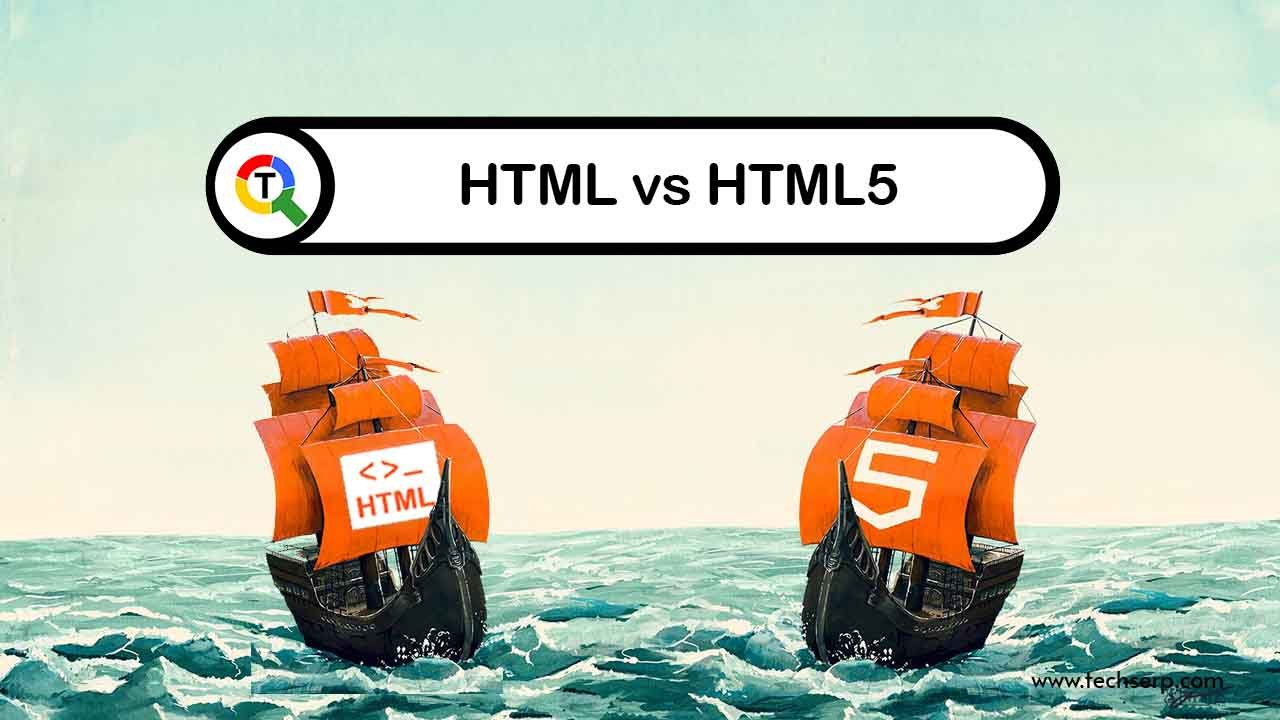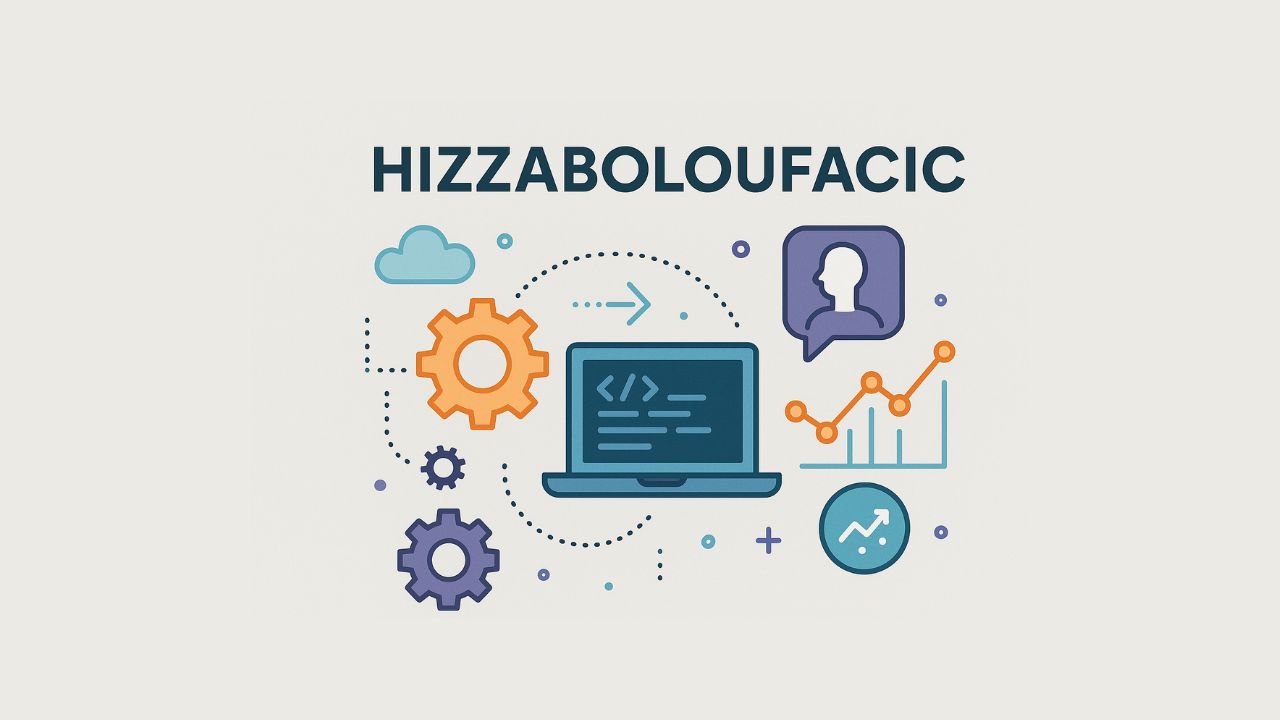Difference Between HTML and HTML5?
HTML and HTML5 is the most popular markup language that is used to create web pages without any programming knowledge. HTML5, on the other hand, is an extension of HTML that was released in 2014. HTML stands for Hypertext Markup Language and it is a markup language that helps to create WebPages from simple text. It was created in 1990 by Tim Berners-Lee and the development of this language has continued since then. As a result, today there are several versions of HTML which are all supported by different web browsers across various platforms.
The latest version of HTML is called HTML5 and it shares many similarities with older versions but implements modern features such as video playback, audio playback, and animations to provide a richer experience for users.
What is HTML?
HTML is a markup language used to create web pages and other online content.
HTML was created by Tim Berners-Lee, the inventor of the World Wide Web, in 1990.
What is Important HTML Syntax with Examples?
HTML tags are used to tell browsers how to display information. This article will provide an overview of the most important HTML tags, with examples for each to illustrate their usage.
HTML syntax is the set of rules for writing HTML documents. These include tags, attributes, and entity references. The syntax can be used to identify specific aspects of web pages such as headings or hyperlinks, assign styles to text or images, or reference scripts that load into the browser.
What is HTML5?
HTML5 is a markup language used to create WebPages and other online content. A specification of the language is maintained by the W3C organization.
There are many benefits of HTML5 including that it has cleaner code, it is more accessible, and it supports video and animation.
HTML and HTML5 Difference
The HTML and HTML5 differences is in the way that both versions have affected the web in the course of the years. HTML also known as HyperText Markup Language, has been the basis for web design since its beginning, allowing developers to format text images, links, and text. However, it was not without limitations in interactivity, multimedia integration and mobile-responsiveness. HTML5 came out as the latest update, designed to satisfy the ever-changing requirements of applications and websites.
In short in short, when HTML defined the web page’s structure, HTML5 transformed them into mobile-friendly, interactive and multimedia-rich experience. Knowing how to recognize the HTML and HTML5 differences is vital for businesses, developers as well as learners who want to maximize the potential of current web technologies.
Diff Between HTML and HTML5
Analyzing the difference of HTML the HTML5 and HTML5 shows how the web technology evolved to meet the demands of users. HTML was the initial point for the web, providing the basic skeleton for web-based content, with the basic tags for tables, text and images. Although it was effective, it lacked capabilities for multimedia integration and was unable to keep up with the rapid growth of mobile devices.
The main difference that exists between HTML the HTML5 and HTML5 is how HTML5 allows developers to create flexible, interactive and user-friendly websites that function effortlessly across devices. By bridging the gaps between both design and functionality, HTML5 sets the standard for developing websites that are able to meet today’s digital needs.
What is Important HTML5 Syntax with Examples?
HTML5 was created to make web pages more interactive and dynamic, and it is now supported by all major browsers. HTML5 introduces many new web design elements, including video, audio, canvas graphics, and geolocation. These elements can be used in conjunction with new form input types like range sliders or date pickers.What are the Main Differences Between HTML and HTML5?
Some of the most important examples:

You may also read: Difference Between C and C++









